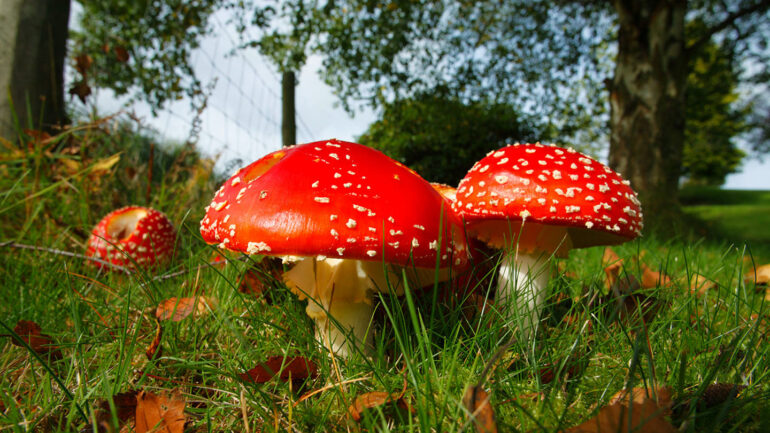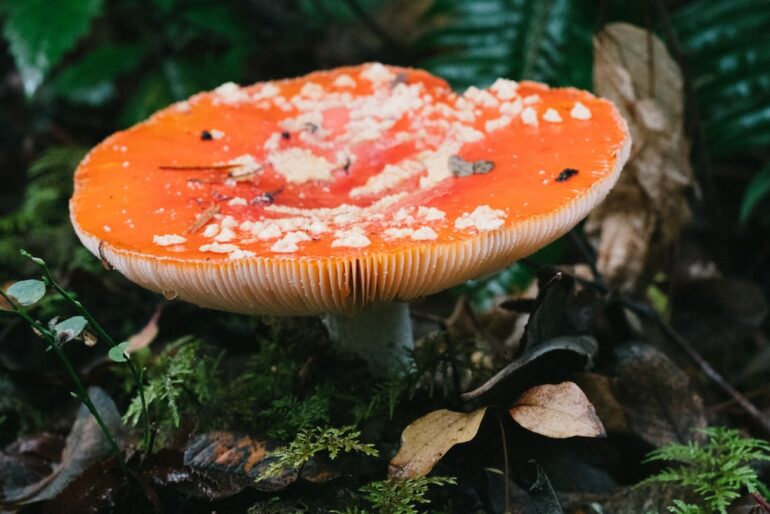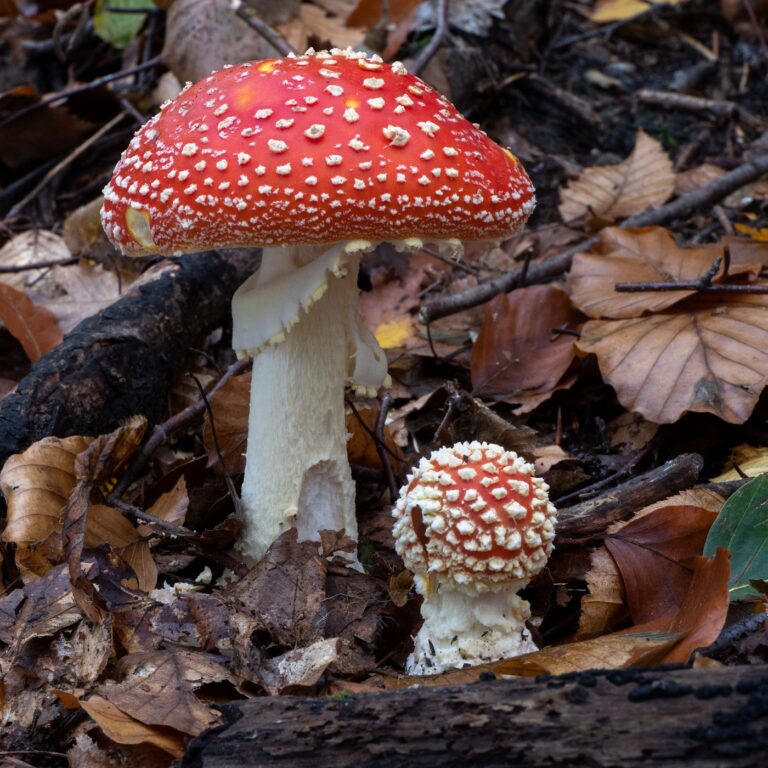Are you intrigued by the notion of using Amanita Muscaria as a medicinal herb?
Learn how this unique mushroom has been used in modern medicine, and the potential implications of its use in pharmacology. Unlock the curative benefits of this remarkable fungi with our comprehensive guide!
The Modern Use of Amanita Muscaria

The modern use of Amanita Muscaria, or Fly Agaric, is largely restricted to alternative remedies and traditional medicines. Although fly agaric has been historically and traditionally used throughout Europe, Asia and North America for various purposes, its current applications are confined to alternative medical systems. Recent research on a variety of traditional medicines has established that some active ingredients in Amanita muscaria support anti-inflammatory, anti-oxidative and anti-cancer effects in experimental studies. As the toxicity of Amanita muscaria can vary greatly depending on the mushroom’s maturity, storage and preparation methods, it is important to exercise caution when considering to buy Amanita muscaria for any purpose.
Amanita muscaria is a mushroom native to Europe, Asia and parts of North America that often grows among birch trees or beneath them. Its most recognizable feature is its bright red cap with white spots – the classic ‘toadstool’ look associated with folklore stories about witches and fairies. Fly agaric has been consumed as part of religious rituals in certain cultures throughout history and as an ingredient in traditional medicines by others. Today it remains an important ingredient in several alternative systems from postmodern American herbalism to Russian traditional medicine.
In contemporary pharmacology studies on mice have shown that preparatory extract capsules produce a dose-dependent immunomodulatory effect which reduces immune system activity after administration for five days at a dosage rate of 0.3 mg per kg body weight per day.
The Potential of Amanita Muscaria in Modern Medicine

Amanita Muscaria, commonly known as fly agaric, is a species of mushroom that has been used for centuries for a variety of medicinal applications ranging from pain relief and sedation to enhancing cognition and reducing agitation.
Recent studies suggest that it could be a viable option for modern medicine and pharmacology.
Amanita Muscaria has been used in traditional cultures to treat conditions such as anxiety, depression, psychosis and insomnia. Its active components include ibotenic acid, muscimol, muscarine and bufotenin which have been shown to have a range of effects including sedative and analgesic properties. Studies have also suggested that it may be effective in managing some symptoms associated with conditions such as autism and Alzheimer’s disease.
Further research needs to be conducted into the potential use of Amanita Muscaria in modern medicine before it can safely be recommended for clinical use; however, these initial findings suggest that this mushroom should not be dismissed out of hand as an alternative natural remedy for certain medical conditions.
Conclusion
In conclusion, it is clear that there is substantial evidence to suggest that Amanita muscaria has numerous potential medicinal benefits. Research has shown that this mushroom’s active compounds can interact with human physiology in a variety of ways, including reducing inflammatory responses, affecting neurotransmission and even fighting certain forms of cancer.

